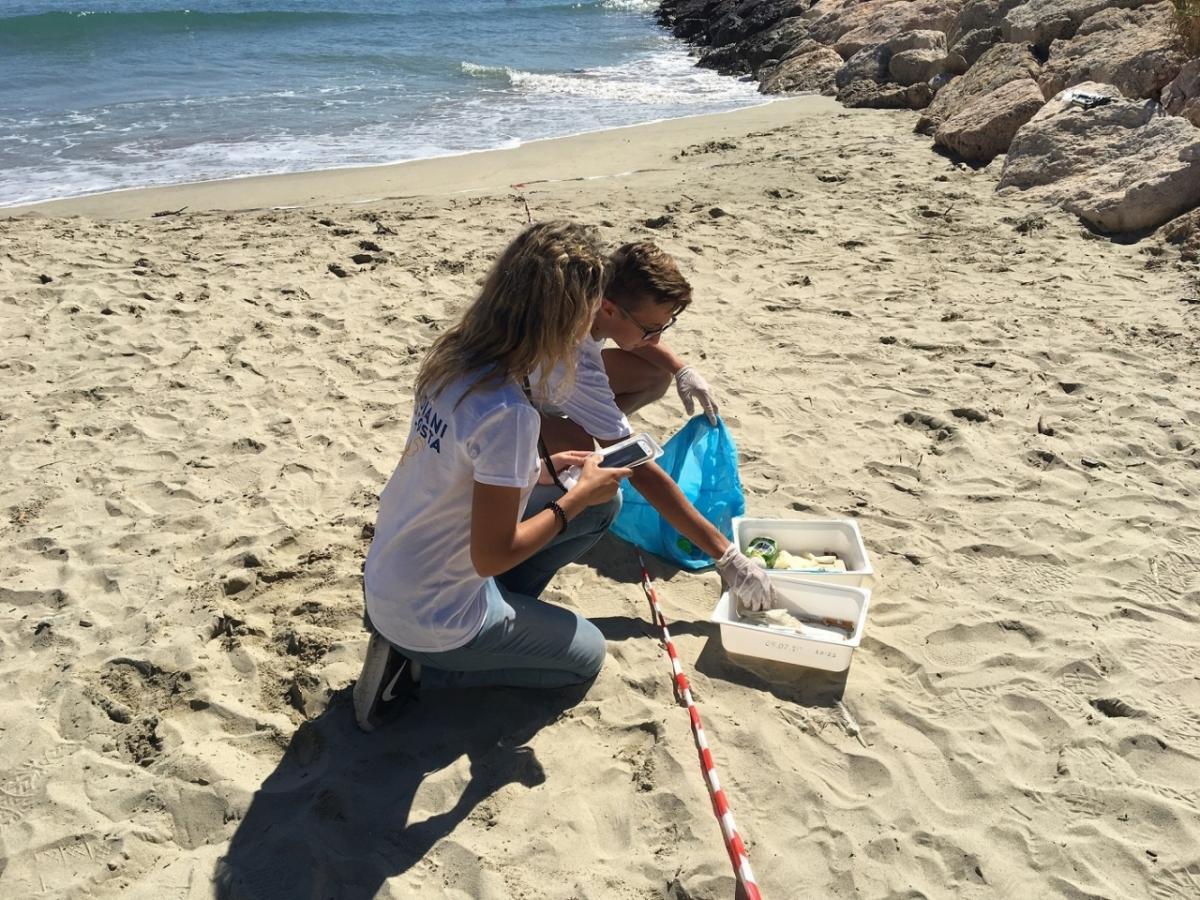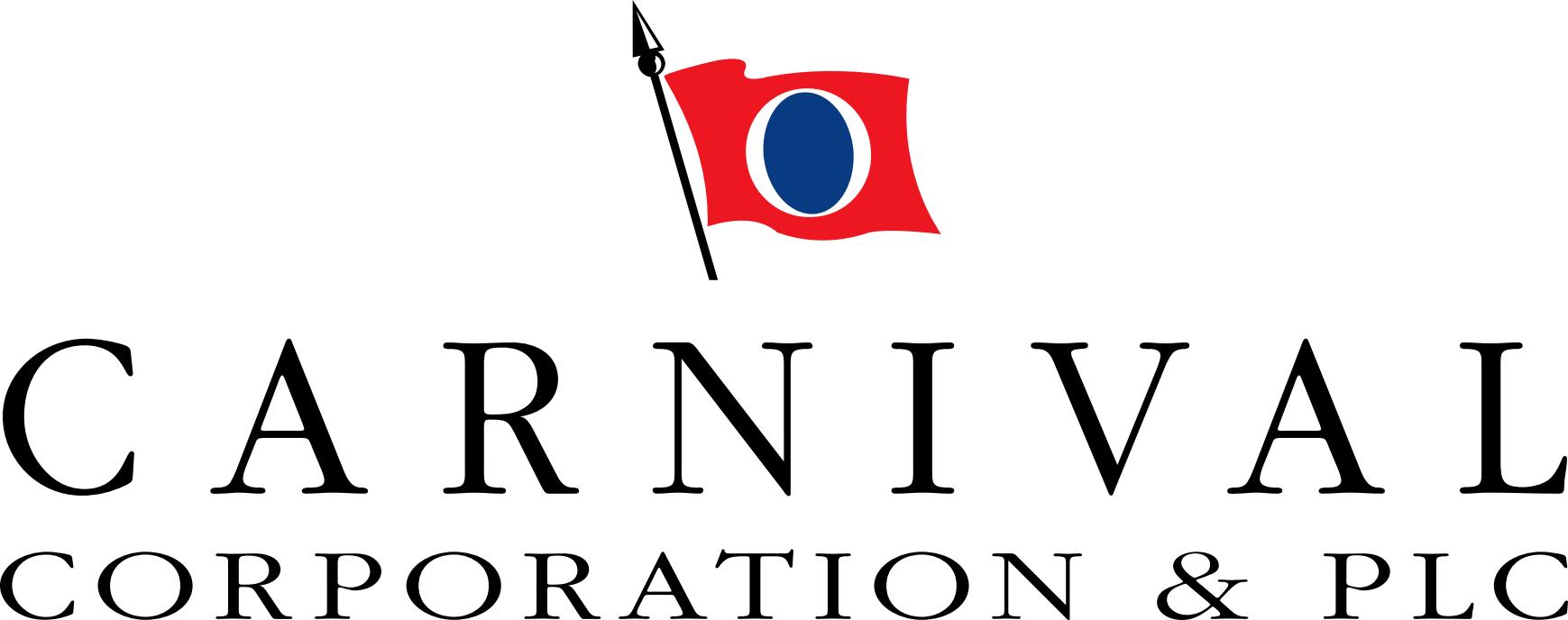Guardians of the Coast: 5,700 Students Involved and 2,610 Km of Coastline Adopted Thanks to the Costa Crociere Foundation Project
In its first year of operation, the Guardians of the Coast project has become one of the biggest citizen science projects in Italy, with over 50,000 reports collected along the Italian coast involving teachers and students from 156 secondary schools.

View the original release on Carnivalcorp.com
GENOA, Italy, October 18, 2018 /3BLMedia/ – Results presented from the first year of operation of Guardians of the Coast, one of the biggest citizen science projects in Italy, promoted by the Costa Crociere Foundation. The initiative actively involved 156 secondary schools , over 600 teachers and 5,700 students during the 2017-2018 academic year. Each school "adopted" a section of the Italian coast, covering a total of 2,610 km , equal to one third of the country's natural coastline.
The most frequent indicator reported by the "guardians" along the coast was marine pollution. In particular, critical data emerged regarding plastic waste, which accounts for 68.1% of all the waste washed up on beaches, followed by paper (15.1%), fishing equipment (6.5%), glass and pottery (6.2%), metal and aluminum (4.1%). The most frequently reported objects are plastic materials (bottles and containers for liquids, bags, plastic or polystyrene boxes, food containers), as well as cigarette butts and filters. The aim of the project is to raise awareness among young people of the need to protect the sea and the Italian coastline, with the objective of creating an "environmental snapshot" of our country's coast with which comparisons can be made over time.
Guardians of the Coast involves the Ministry of Education, Universities and Research, with which the Costa Crociere Foundation and the Genoa School of Robotics Association have signed a Memorandum of Understanding, consistent with the actions taken under the Italian National Plan for Digital Education.
The schools that signed up to the initiative "adopted" a section of the Italian coastline, voluntarily and completely free of charge, on which to carry out their surveys. Teachers and students had access to a dedicated online platform with educational content and handouts produced with the help of scientific partners from the School of Robotics and OLPA, the Ligurian Fishing and Environment Observatory. Three main aspects were examined during educational activities in the classroom: Mediterranean marine environment and biodiversity; climate change and alien species; environmental pollution and marine waste.
Under the Guardians of the Coast program, students were able to alternate their studies with work experience and 108 schools signed up to the relevant agreement. Educational activities in the classroom alternated with fieldwork between January and May 2018, during which time students monitored their section of coastline, reporting on the features of the coastal environment, environmental quality indicators and socio-economic aspects associated with the management of the coastal strip and its resources. The result is a database of over 50,000 useful reports collected systematically with the help of guidance sheets contained in the Guardians of the Coast App and validated by OLPA experts, who analyzed and summarized them in themed maps.
The reports show the consequences of the constant pressure exerted by humans on the sea, in many aspects: pollution of different kinds, coastal overbuilding, degradation of the seabed and beaches, depletion of fish stocks. One of the main and most evident forms of pollution is the presence of waste abandoned or dragged into the marine environment. Marine waste was, in fact, one of the most frequently reported indicators by Guardians of the Coast participants, demonstrating a widespread environmental problem that is now, sadly, a feature of all the world's oceans. In particular, the overwhelming presence of plastic waste (68.1% of all the reports of beached waste) was noted uniformly across all 5 marine basins.
“I believe the Guardians of the Coast project will make an important contribution to monitoring the state of health of our coasts over time, because it can rely on a large and widespread network of observers - or "Guardians" - across the country: over 5,700 students and 600 teachers. Apart from its scientific value, the other great objective pursued by the project is to raise awareness among students and citizens of the fragile beauty of the natural heritage along Italian coasts and of the consequences of the increase in waste. For this reason, the second Guardians of the Coast program will be focusing in particular on the pollution caused by plastic materials. It would nice to be able to systematically implement the initiatives promoted in this area by the leading Italian organizations" - said Davide Triacca, Secretary General of the Costa Crociere Foundation.
In addition to tackling the problem of marine pollution, the students also focused on biodiversity, providing a general snapshot of the marine organisms and vegetation found along Italian beaches, with interesting reports of the presence of protected and uncommon species (fan mussels, date mussels, cowries, giant tuns, ribbed Mediterranean limpets) as well as several sightings of beached mammals and sea turtles. As part of the study on the effects of climate change, 10 alien species were found, including yellowmouth barracudas and parrotfish, both of Atlantic origin. Although these were found in areas that are already known about, the fact that the students were able to identify and conduct a census of them using very simple tools underlines the importance of involving citizens in gathering useful information to update the distribution maps of the various invasive species.
The Guardians of the Coast project will be offered again to secondary schools for the 2018-2019 academic year, so that the length of coastline kept under observation can be further extended and a data history can be compiled. The second program will focus more specifically on marine pollution by monitoring micro/macro plastics with the cooperation of a new scientific partner, the Biodiversity and Ecosystem Services Laboratory of the Marino Santa Teresa Marine Environment Research Center of ENEA, the National Agency for New Technologies, Energy and Sustainable Economic Development.
For further information, go to www.guardianidellacosta.it
For further information:
Costa Cruises
Gabriele Baroni – Communication Director – cell 349 7668013 - [email protected]
Davide Barbano – Media Relations Manager – cell 334 6525216 - [email protected]
Press releases and photos available at www.costapresscenter.com

